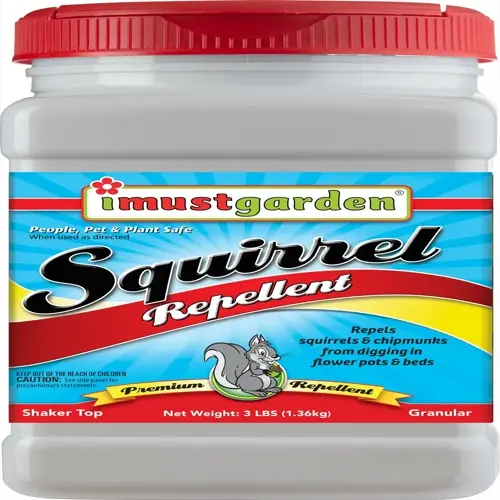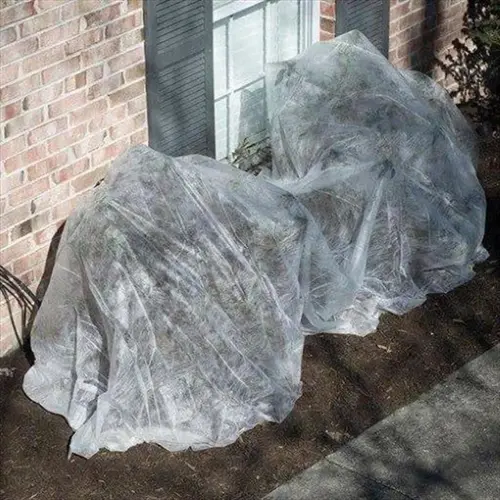What branches must always be removed during pruning?

Written by
Benjamin Miller
Reviewed by
Prof. Samuel Fitzgerald, Ph.D.Pruning involves a tactical selection of branch removal to promote tree vigor. Some branches continuously reduce fruit production and degrade the tree framework. During every pruning session, I focus on five different types. To prevent disease from spreading and blockage of light, I remove these first and redirect energy to growing productively.
Dead/Diseased Wood
- Cut 6 inches below visible infection
- Sterilize tools with alcohol after each cut
- Remove all debris from orchard floor
Water Sprouts
- Remove at base using thinning cuts
- Prioritize interior sprouts first
- Prevent regrowth with proper canopy management
Crossing Branches
- Remove the weaker/less productive branch
- Cut just outside branch collar
- Apply three-cut method for large crossings
Rootstock Suckers
- Tear off manually when young and succulent
- Cut mature suckers flush with rootstock
- Monitor weekly during growing season
Dead wood invites insects and diseases that can be transferred to healthy tissue. Look for brittle branches lacking buds or leaf litter. Any fungal growth is a sign that the decay has progressed significantly. Dead wood should be removed immediately and thoroughly below the point of infection. I keep a separate, sterile tool kit specifically for removing diseased wood.
Water sprouts use energy but will not produce fruit. They are vertical upright shoots that emerge directly from horizontal branches. They shade the fruit buds and reduce their formation. Hand-prune them completely at their base using thinning cuts. To keep them from coming back requires annual diligent attention.
Focus on branches with bark abrasions resulting from rubbing. These types of wounds are potential portals for disease. Remove branches that are less productive completely. When removing branches from the main stem, ensure that the branch collar remains intact. This allows the tree to retain its defenses while minimizing the risk of infection.
Removing these priority scaffolds alters tree health. The tree can now redirect energy towards fruit production instead of unwanted growth. The sunlight will now evenly light up the productive wood. You will see your harvests increase dramatically while decreasing your issues with disease.
Read the full article: Pruning Fruit Trees: 10 Essential Steps

